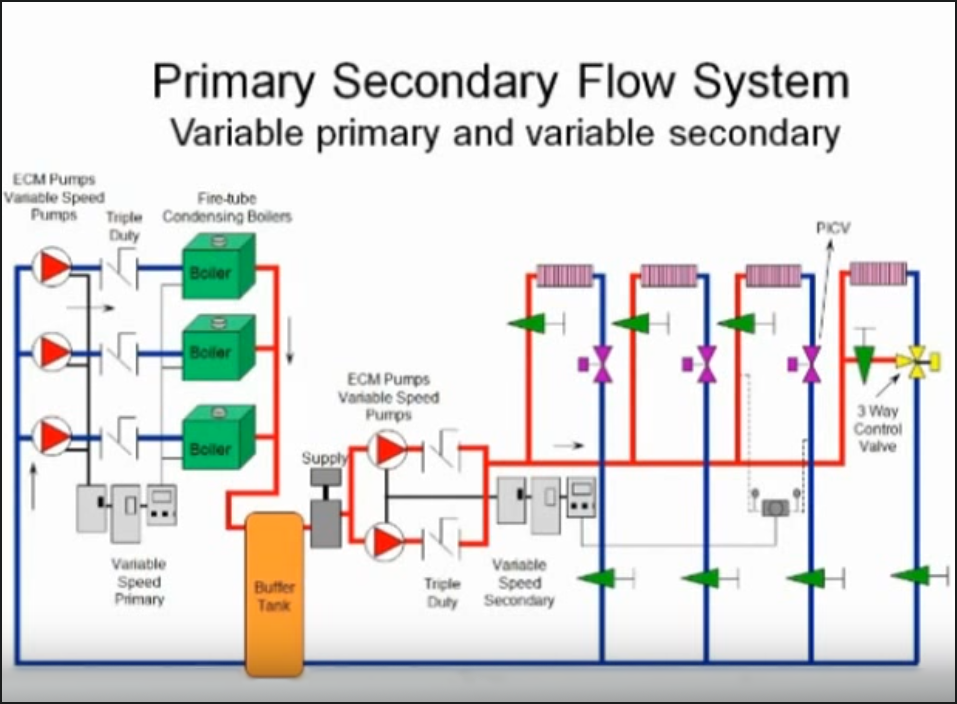Avoiding Pump Cavitation in Open Systems: How to Determine NPSHA and NPSHR
/In our previous blog we explained the physics behind that noisy, destructive phenomenon known as cavitation – the result of too little NPSH at the suction of the pump. Today we’re going to dig a little deeper into…
Read More






